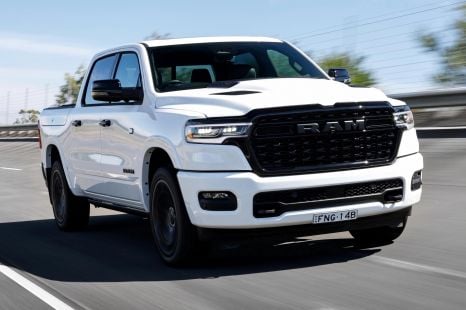

Marton Pettendy
2 Months Ago

Contributor
Ford Australia is once again leading the global development program for the Ranger ute – and the company has detailed some of its toughness and durability testing as the 2022 model nears launch.
With testing across five continents, Ford claims the next-generation Ranger has been subject to more physical and virtual testing than ever before.
To prepare the Ranger for the 180 markets in which it’ll be sold, the company has been completing a number of real-world and simulated tests around the world using camouflaged prototypes.
In North America and New Zealand, Ford has been conducting cold-weather testing in icy and snowy conditions.
The company has also been doing hot-weather testing in the deserts of North America, the Middle East, and Australia.
So far, the next-generation Ranger has covered a distance of 10,000km in the desert, which Ford claims is equivalent to 1.25 million kilometres of customer driving.
It also claims this distance is an equivalent of 625,000km of off-road durability testing at maximum load capacity.

“Whether it’s tackling muddy bush tracks, coping with the rigours of extreme tropical weather, towing over alpine passes, or enduring temperatures of more than 50 degrees celsius, Ranger has to do it all,” said John Willems, Ford Ranger Chief Program Engineer.
In Australia, the next-generation Ranger has been undergoing durability testing at the Ford Australia proving ground in Lara, as well as at its research and development centre in Geelong, Victoria.
These local facilities conducted durability testing but also covered special surfaces, high speed and dynamic circuit, corrosion, noise and vibration, as well as environmental and emissions testing.
Even before the next-generation Ranger hit the roads for testing, Ford’s engineers reportedly put the ute through thousands of hours of computer simulations and real-world simulations in labs.
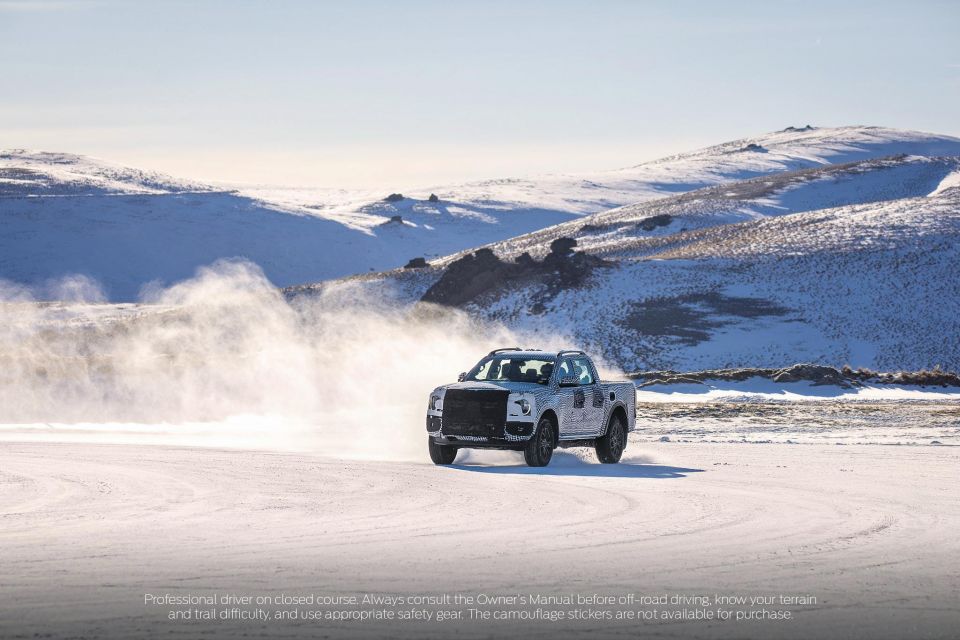
These simulations are said to cover everything from aerodynamics to component and structure durability.
“Computer simulations have helped us speed up development, while lap testing has helped refine and test specific components – but there is no replacement for real-world testing to see how it stands up to years of customer use,” said Mr Willems.
Ford says the physical testing and simulations aren’t finished yet, and will continue right up to the official launch of the next-generation Ranger.
Some of these tests are deemed too rigorous for humans to endure, according to Ford, so it uses simulations and robotics in cases like its ‘squeak and rattle’ rig where the Ranger’s suspension and body is tested over days at a time.
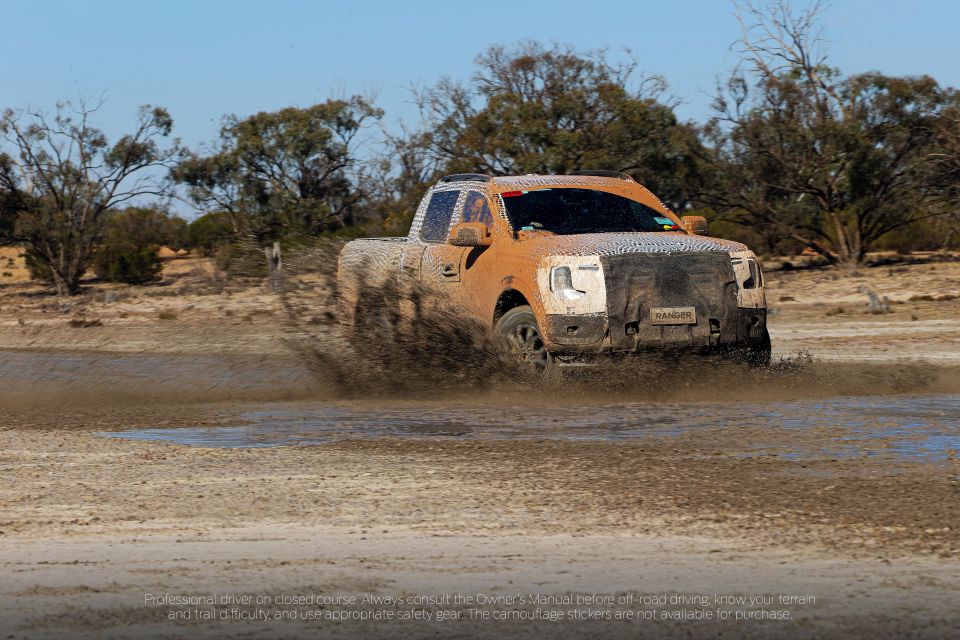
Along with the background about its testing regime, Ford has offered another look at the next-generation Ranger.
So far we’ve only seen a few teaser and spy images, both official and unofficial, and all of which show the new Ranger in some form of camouflage.
Although it isn’t shown, it’s a given that the Ranger-based Everest SUV has been subjected to the same durability testing as the Ranger with it expected to launch in 2022 as well.
According to CarExpert reports, the next-generation Ford Ranger and Everest will be available with a plug-in hybrid powertrain.
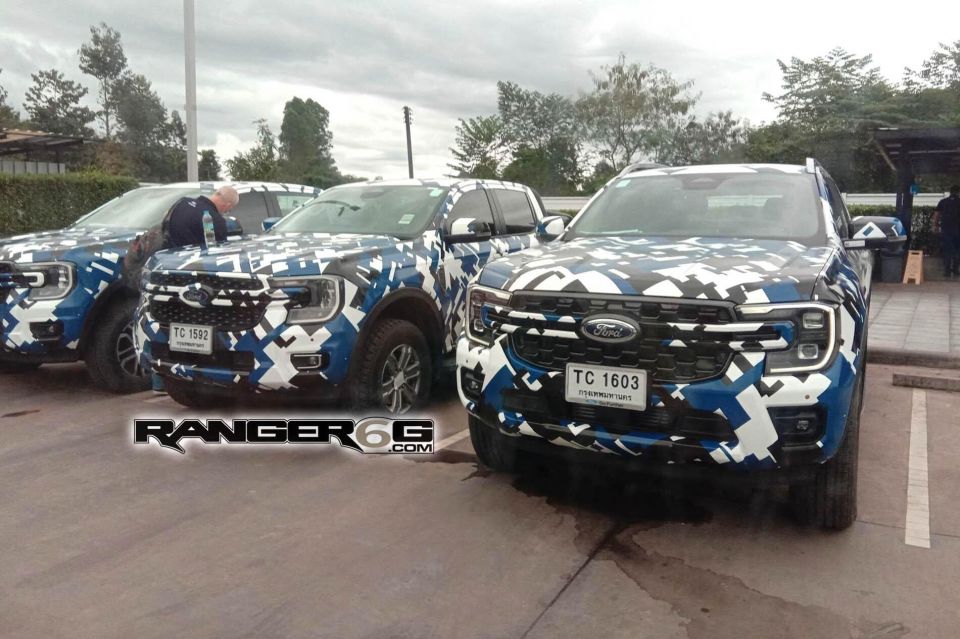
It’s unlikely to be available at launch in Australia, but the Ranger is expected to be offered with a 2.3-litre turbocharged four-cylinder petrol engine with a plug-in hybrid system.
The Ranger and Everest PHEV will produce around 270kW of power and 680Nm of torque, and is expected to offer a combined fuel economy of 3.0L/100km.
Our understanding is the plug-in hybrid engine is yet to be used in any Ford products globally.
Currently, the Explorer PHEV uses a 3.0-litre turbocharged V6 and electric motor, while the Escape PHEV uses a smaller 2.5-litre four-cylinder in combination with an electric motor.
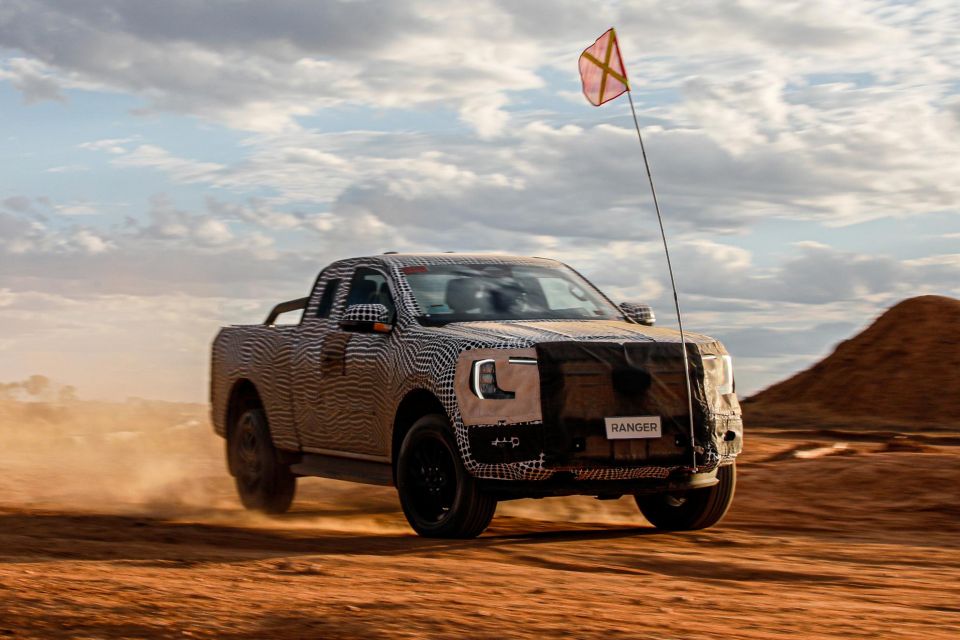
The Ranger and Everest are expected to launch with an overhauled engine range beyond just the PHEV.
The entry-level engine is expected to be a 2.0-litre bi-turbo four-cylinder diesel engine, while a 3.0-litre turbo-diesel V6 engine will be available in high-end variants.
A 2.7-litre EcoBoost petrol engine is also likely to feature in the Ranger Raptor.
Revealed in 2020, the range-topping Bronco is available with a second-generation Nano 2.7-litre EcoBoost turbocharged V6 engine.
CarExpert expects the same engine to feature in the next-generation Ranger Raptor.
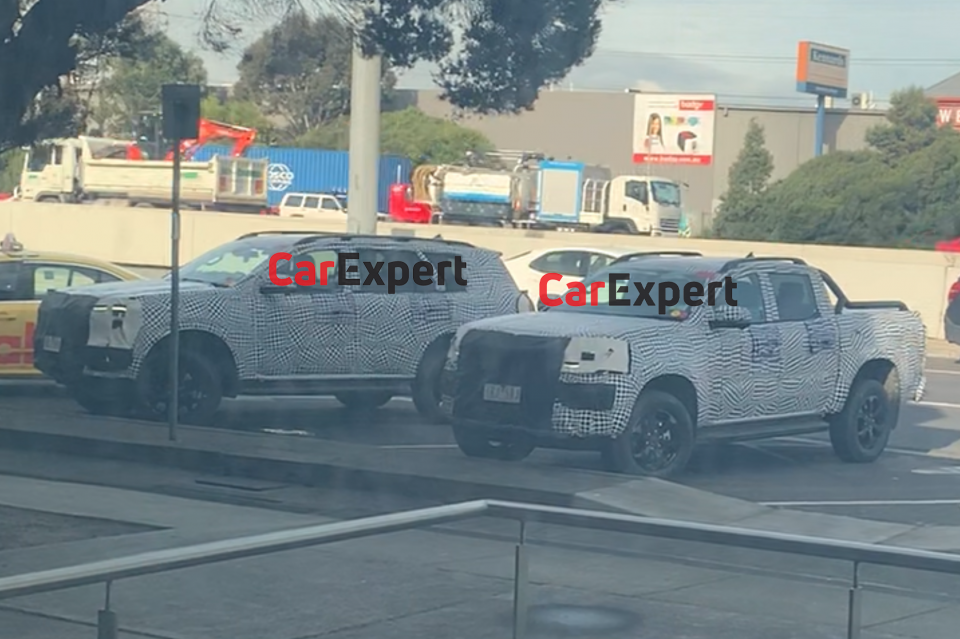
It outputs 231kW of power and 540Nm and torque, mated with a 10-speed automatic transmission and full-time all-wheel drive.
That’s a jump of 74kW and 40Nm on what’s offered by the current Ranger Raptor.
Inside, the Ranger is expected to be offered with a 15.5-inch infotainment screen in the centre of the cabin, packing wireless Apple CarPlay and Android Auto.
It’ll be joined by a 12-inch screen ahead of the driver showing speed and trip computer information.

While the vertical screen is likely to be limited to top-specification models, lower models in the range are expected to pick up a 12-inch infotainment screen that also features SYNC4 and wireless Apple CarPlay and Android Auto.
In addition to wireless smartphone mirroring, both the Ranger and Everest will launch with FordPass Connect, which allows owners to connect to their vehicle remotely to start it, monitor vehicle conditions and perform functions such as locking and unlocking.
Our spy photos and footage suggest that Ford will also offer a surround-view camera for the first time in Ranger and Everest, with semi-autonomous parking with front and rear parking sensors expected to remain to complement the parking package.
MORE: Everything Ford Ranger
Take advantage of Australia's BIGGEST new car website to find a great deal on a Ford Ranger.
Jack Quick is an automotive journalist based in Melbourne. Jack studied journalism and photography at Deakin University in Burwood, and previously represented the university in dance nationally. In his spare time, he loves to pump Charli XCX and play a bit of Grand Theft Auto. He’s also the proud owner of a blue, manual 2020 Suzuki Jimny.


Marton Pettendy
2 Months Ago
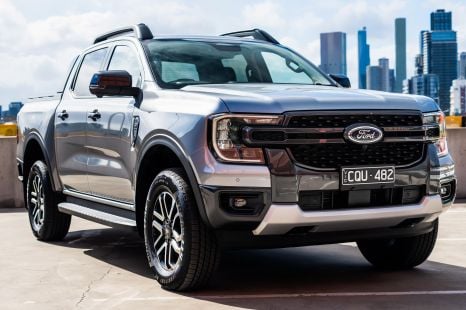

Max Davies
2 Months Ago
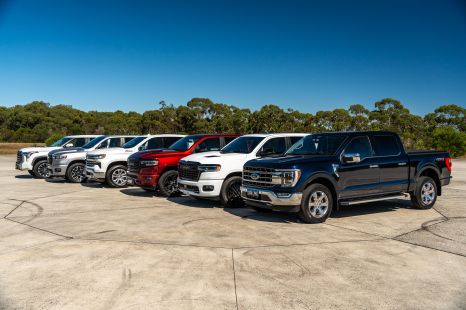

Josh Nevett
1 Month Ago
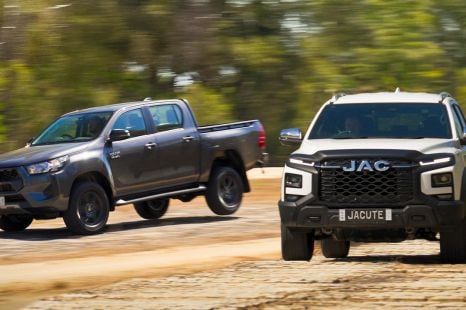

CarExpert.com.au
1 Month Ago
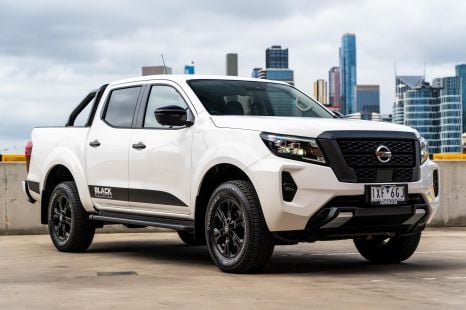

Josh Nevett
16 Days Ago


James Wong
9 Days Ago